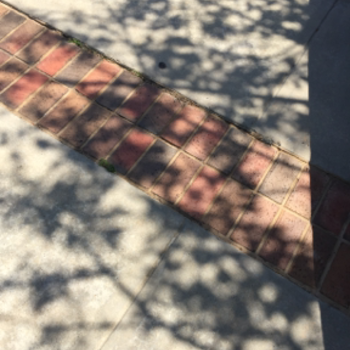Threshold wavelength for photo-electric emission of a metallic surface is 3800Armstrong.A beam of light of wavelength 2600armstrong is incident on the surface.what will be the work function of the metal?
1 Answer
Explanation:
where h is Planck's constant, f is the frequency of photo.
Let
Obviously
It begs the question: where does rest of the energy go?
It goes to overcome the work function of the metal so that the emitted photo can escape the metal.
Work function
Work function

